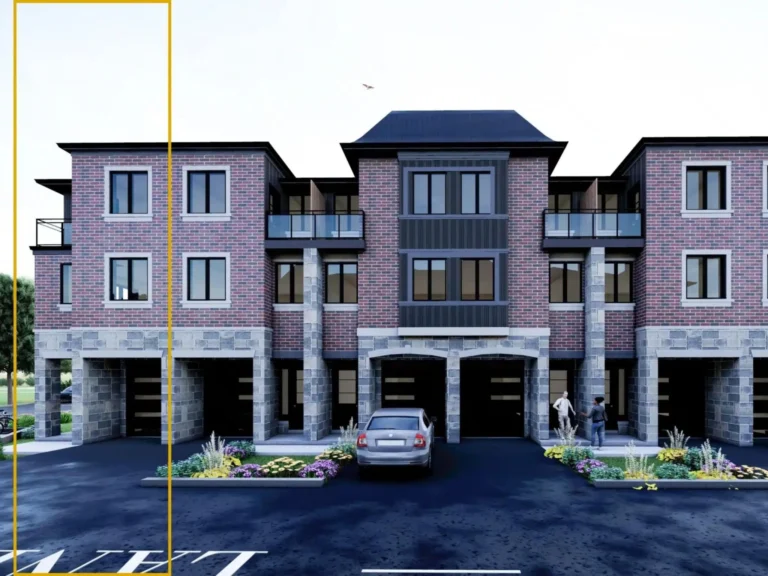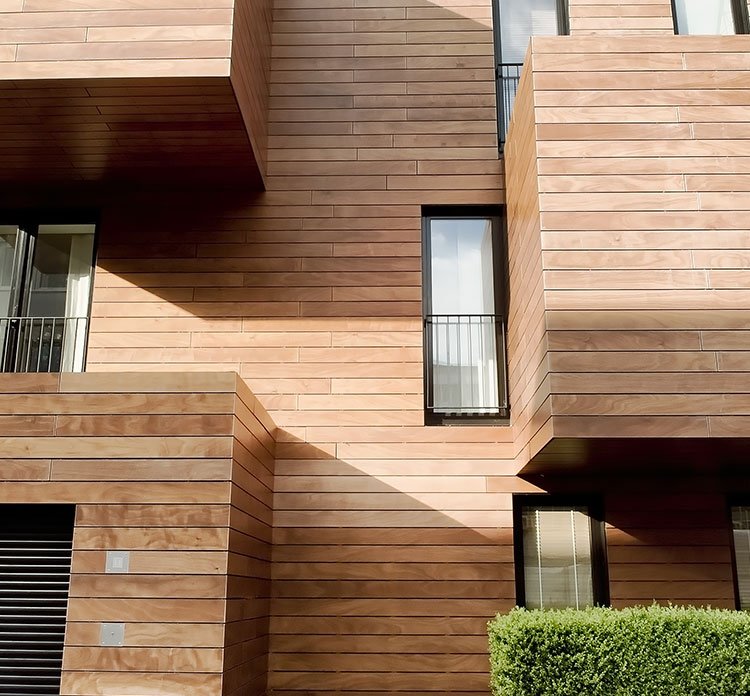For many couples and individuals struggling with infertility, IVF has become a beacon of hope. But sometimes, even IVF doesn’t result in pregnancy—leaving patients feeling confused and disheartened. That’s where advanced reproductive techniques like Laser-Assisted Hatching Treatment with IVF come into the picture. At SCI IVF Hospital, we combine science and compassion to improve your chances of a successful pregnancy—even when previous IVF attempts haven’t worked.
What Is Laser-Assisted Hatching?
To understand how Laser-Assisted Hatching (LAH) works, we need to first look at the natural process of embryo implantation. Every fertilized egg is surrounded by a protective outer layer known as the zona pellucida. As the embryo develops, it must “hatch” out of this shell in order to attach itself to the lining of the uterus—a crucial step for pregnancy to begin.
However, in IVF, embryos are created and cultured in a lab environment. This can sometimes cause the zona pellucida to harden more than it would during a natural cycle, making it difficult for the embryo to break through. If the embryo can’t hatch, it can’t implant—and pregnancy won’t occur.
Laser-Assisted Hatching uses a focused laser beam to gently create a microscopic hole in the zona pellucida, allowing the embryo to hatch more easily and increasing the chance of successful implantation.
Why Consider Laser-Assisted Hatching with IVF?
At SCI IVF Hospital, we often recommend Laser-Assisted Hatching Treatment with IVF for patients who have experienced:
-
Repeated IVF failures
-
Advanced maternal age (over 37 years)
-
High Follicle Stimulating Hormone (FSH) levels
-
Frozen embryos with a thick zona pellucida
-
Poor embryo development history
In these scenarios, the embryo may need a little extra help to implant successfully. LAH is that extra help—offering a gentle yet precise way to improve the likelihood of pregnancy.
The SCI IVF Hospital Advantage
At SCI IVF Hospital, we don’t just follow medical protocols—we lead with empathy. Our team is made up of some of India’s most experienced fertility experts, embryologists, and IVF support staff. We have successfully helped thousands of families achieve their dreams, and we know that personalized care makes all the difference.
Here’s what sets us apart in providing Laser-Assisted Hatching Treatment with IVF:
1. State-of-the-Art Technology
We use advanced infrared laser systems that allow for exceptional precision. The laser never touches the embryo directly; instead, it is carefully aimed to thin or breach the zona pellucida with extreme accuracy. This minimizes the risk of damage and maximizes embryo viability.
2. Highly Skilled Embryologists
Even the best technology is only as good as the professionals using it. Our embryologists are internationally trained and have years of experience performing LAH safely and successfully.
3. Tailored IVF Protocols
Not every patient needs assisted hatching. We assess each case thoroughly before recommending the procedure, ensuring that your treatment is completely customized to your unique medical background and fertility goals.
How the Procedure Works
The Laser-Assisted Hatching procedure is typically performed on Day 3 after fertilization, while the embryo is still in the lab. Here’s a simplified overview of what happens:
-
Embryo Assessment: Our embryologists evaluate the embryos to identify candidates for LAH.
-
Precision Laser Application: A focused infrared laser beam is used to create a tiny opening—usually about 10 to 20 microns—in the zona pellucida.
-
Embryo Transfer: Shortly after hatching, the embryo is transferred into the uterus, where it now has a better chance of implanting.
The entire laser hatching process takes just a few seconds per embryo and is performed with meticulous care.
Is It Safe?
Absolutely. LAH is considered one of the safest assisted reproductive techniques available today. The laser is computer-guided for maximum precision, and because there is no physical manipulation of the embryo, the risk of injury is very low. Numerous studies have shown that LAH improves clinical pregnancy and implantation rates, particularly in patients with a poor IVF prognosis.
Success Rates with LAH
Clinical data shows that for patients who undergo Laser-Assisted Hatching Treatment with IVF, implantation rates can reach up to 50%, with clinical pregnancy rates around 38%. These numbers are significantly higher than standard IVF success rates in patients with previous failures or other risk factors.
Real Stories, Real Hope
Many of our patients who had almost given up hope have found success through LAH combined with IVF at SCI IVF Hospital. From first-time parents in their 40s to couples who had failed multiple IVF cycles elsewhere, we’ve seen firsthand how this advanced technique can truly change lives.
Final Thoughts
If you’re navigating the complexities of infertility and previous IVF attempts haven’t worked, don’t give up. Laser-Assisted Hatching Treatment with IVF may be the next step you need. At SCI IVF Hospital, we’re committed to offering more than just treatment—we offer partnership, compassion, and the latest reproductive science to give your family the best possible start.
Thank you, Tricky, for giving me the chance to contribute and express my ideas through your platform. I appreciate being part of a creative space that values originality and insight.





